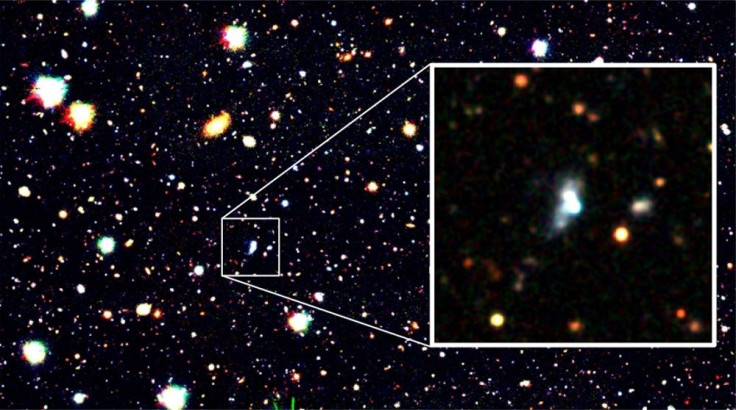Young Galaxy Spotted Using Machine Learning May Be A Last-Generation Galaxy
KEY POINTS
- One of the galaxies that researchers found has the lowest oxygen abundance ever reported
- This suggests that the galaxy is still in the very early stages of its evolution
- It's possible that the galaxy is a last generation galaxy in the universe
Researchers have found a galaxy that broke the record for having the lowest oxygen abundance. It's possible that the galaxy is part of the last generation of galaxies in the universe.
Astronomers look at galaxies in different stages of their lives, from mature ones to ones that are in the early formation stage, in order to have a better understanding of the evolution of galaxies. While most galaxies in the universe can be considered mature, there may still be a small number of galaxies in the early formation stage.
For a new study, an international team of researchers developed a new machine learning method to comb through data from the Subaru Telescope. The team was searching for young, extremely metal-poor galaxies. But since the wide-field data from Subaru could show tens of millions of objects, they developed the new machine learning method to help narrow down the search.
They made the computer repeatedly learn the galaxy colors in theoretical models and taught it to only select the galaxies in the early stages of formation.
The computer then selected 27 candidates and the researchers conducted follow-up observations on four of them to determine their elemental abundance. One candidate, HSC J1631+4426 in the Hercules constellation, caught the researchers' attention as it has an oxygen abundance of just 1.6% of the Sun, breaking the record for being the galaxy with the lowest oxygen abundance ever reported.
The researchers also found that HSC J1631+4426 has a very low stellar mass.

"What is surprising is that the stellar mass of the HSC J1631+4426 galaxy is very small, 0.8 million solar masses. This stellar mass is only about 1/100,000 of our Milky Way galaxy, and comparable to the mass of a star cluster in our Milky Way," study co-author Prof. Masami Ouchi of the National Astronomical Observatory of Japan (NAOJ) said in a news release.
HSC J1631+4426's low oxygen abundance and small stellar mass suggest that it is still in the very early stages of its evolution.
Further, the researchers say that the findings back up standard cosmology, which suggests that as the universe expands, it will become too sparse to form new galaxies. As such, it is possible that HSC J1631+4426 may be a part of the last generation of galaxies in the universe's history.
The study is published in the Astrophysical Journal.
© Copyright IBTimes 2024. All rights reserved.












